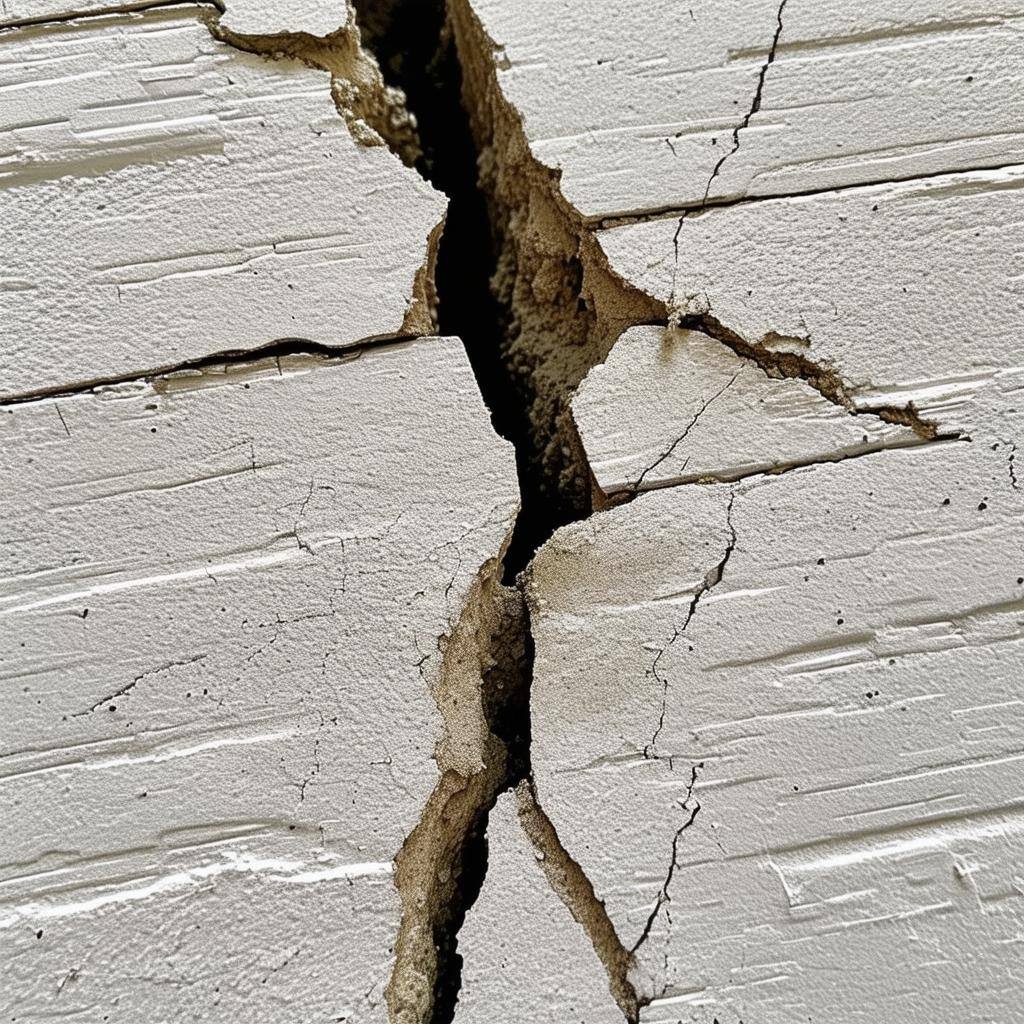Interior Design Guide
The Art of Interior Design: Transforming Spaces into Homes
Interior design is more than just arranging furniture and choosing colors; it's an art form that combines creativity, functionality, and psychology to create spaces that enhance our lives. Whether you're redecorating a single room or designing an entire home, understanding the principles of interior design can help you create a harmonious and inviting environment. In this article, we’ll explore the key elements of interior design, popular styles, and practical tips for transforming your space.
Learn More Below for Key Elements, Popular Design Styles, & Tips for a Successful Plan!
Key Elements of Interior Design
1. Space Planning
Effective space planning is foundational to good interior design. It involves analyzing how a space will be used and arranging furniture and decor accordingly. Consider factors such as:
- Traffic Flow: Ensure there’s a clear path for movement throughout the space.
- Functionality: Think about the purpose of each area. For example, a living room should encourage conversation, while a home office should promote focus and productivity.
- Proportions and Scale: Choose furniture and decor that fit the size of the room. Oversized pieces can overwhelm a small space, while tiny furnishings can make a large room feel empty.
2. Color Palette
Color plays a significant role in setting the mood and atmosphere of a space. When choosing a color palette:
- Understand Color Psychology: Different colors evoke different emotions. For instance, blues and greens are calming, while yellows and oranges can energize a room.
- Consider Lighting: Natural and artificial light can change how colors appear. Test paint samples in different lighting conditions before making a final decision.
- Create Cohesion: Select a palette that flows throughout your home. This creates a sense of unity and makes transitions between rooms feel seamless.
3. Textures and Materials
Incorporating various textures and materials adds depth and interest to a space. Mix and match elements such as:
- Soft Fabrics: Use cushions, throws, and curtains to create warmth and comfort.
- Hard Surfaces: Integrate materials like wood, metal, and glass for contrast and durability.
- Natural Elements: Incorporate plants or natural stone to bring a sense of the outdoors inside.
4. Lighting
Lighting is crucial in interior design, influencing both the functionality and ambiance of a space. Consider these aspects:
- Layered Lighting: Use a combination of ambient (general), task (specific activities), and accent (highlighting features) lighting to create a versatile environment.
- Natural Light: Maximize natural light with strategically placed mirrors and light-colored furnishings that reflect sunlight.
- Fixture Selection: Choose lighting fixtures that complement your design style, whether it’s modern, rustic, or eclectic.
5. Furniture and Layout
Selecting the right furniture and arranging it effectively can dramatically change a room’s feel. Keep these tips in mind:
- Scale and Proportion: Ensure furniture pieces are appropriately sized for the space. Larger rooms can handle bigger furniture, while smaller spaces benefit from streamlined, multi-functional pieces.
- Focal Points: Create a focal point in each room, whether it’s a fireplace, a piece of art, or a striking piece of furniture. Arrange seating and decor to draw attention to this feature.
- Comfort: Prioritize comfort in your furniture choices. A beautifully designed space loses its appeal if the seating is uncomfortable or impractical.
Popular Interior Design Styles
1. Modern
Characterized by clean lines, minimalism, and a neutral color palette, modern design focuses on function and simplicity. It often incorporates materials like metal, glass, and wood.
2. Traditional
Traditional design exudes elegance and warmth, featuring rich colors, ornate details, and classic furnishings. It often includes elements like crown molding and antique furniture.
3. Industrial
Inspired by warehouses and factories, industrial design embraces raw materials such as exposed brick, steel beams, and concrete floors. This style often combines vintage and modern elements.
4. Scandinavian
Scandinavian design is known for its minimalism, functionality, and connection to nature. It features light color palettes, natural materials, and a focus on cozy, inviting spaces.
5. Bohemian
Bohemian design is eclectic and expressive, showcasing a mix of colors, patterns, and textures. This style often incorporates global influences, vintage finds, and a relaxed, informal atmosphere.
Tips for Successful Interior Design
-
Define Your Style: Spend time exploring different design styles to discover what resonates with you. Create a mood board with images, colors, and textures that inspire you.
-
Plan Your Budget: Establish a budget before starting your project. This helps prioritize spending and avoids overspending on decor or furnishings.
-
Start Small: If you're new to interior design, start with a single room or area. This allows you to experiment and develop your style without feeling overwhelmed.
-
Personal Touch: Incorporate personal elements, such as artwork or family photos, to make your space uniquely yours. Personal touches create warmth and a sense of belonging.
-
Seek Professional Help: If you’re unsure where to start or feel overwhelmed, consider hiring an interior designer. Their expertise can guide you in creating a cohesive and functional space.
Summary
Interior design is a powerful tool for transforming spaces into beautiful, functional homes. By understanding key elements such as space planning, color palettes, textures, lighting, and furniture selection, you can create an environment that reflects your style and meets your needs. Whether you’re undertaking a complete renovation or simply refreshing a room, thoughtful design can enhance your quality of life and bring joy to your everyday living experience. Embrace the art of interior design and let your creativity flourish!
Why don't homes come with a user manual?
We don't know, either. But we're here to help.
See how, below...from tackling the maintenance tasks you can’t stand or always forget, to getting proactive with your maintenance, to sending out contractor referrals we actually know & trust!
You May Also Like
These Related Stories

Home Foundation Guide

Gutters Guide
